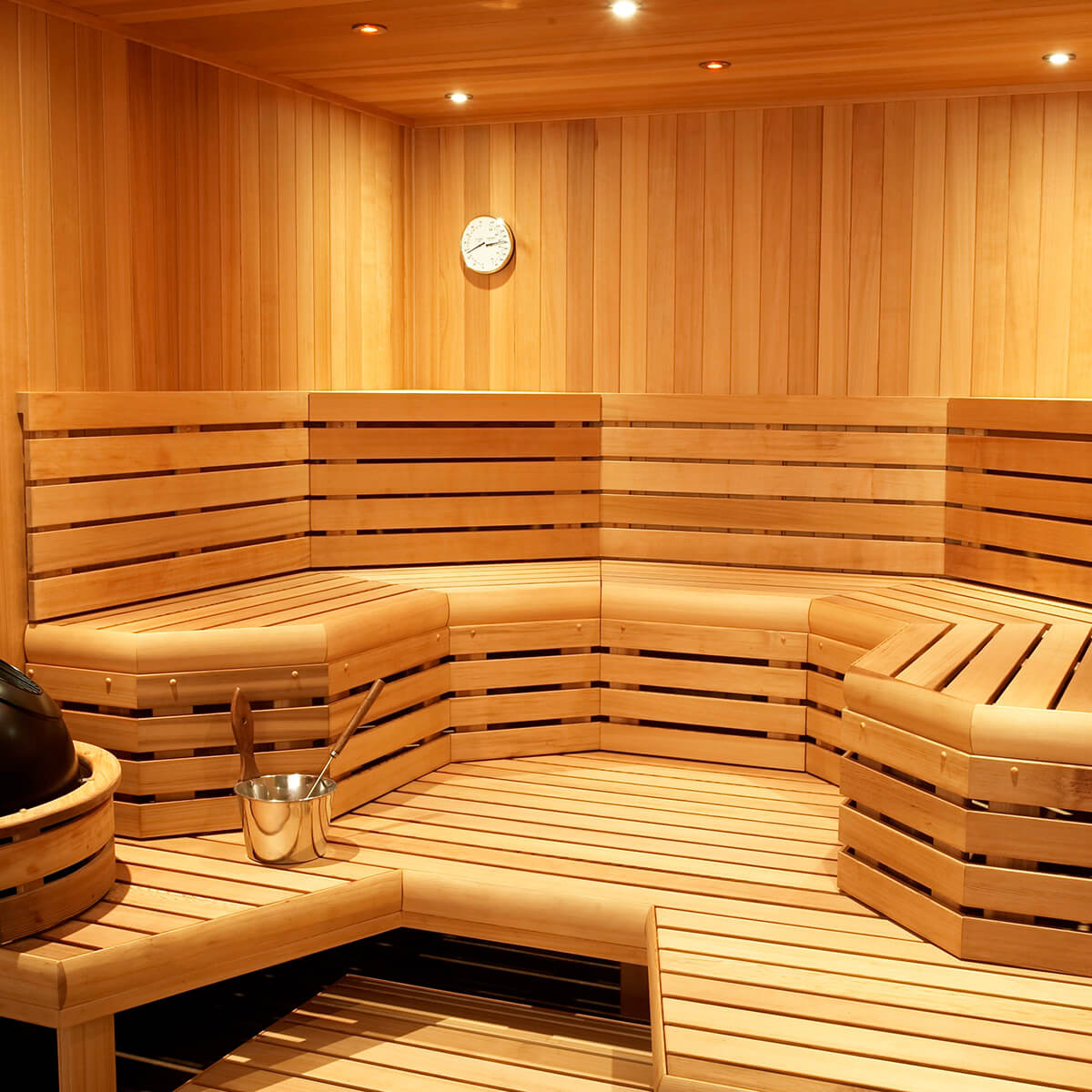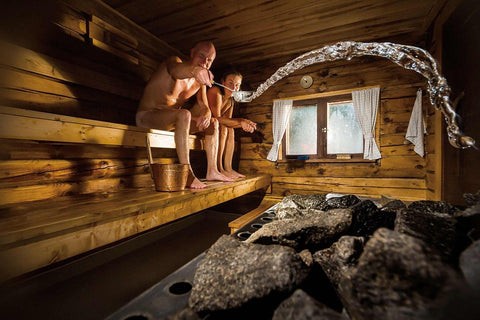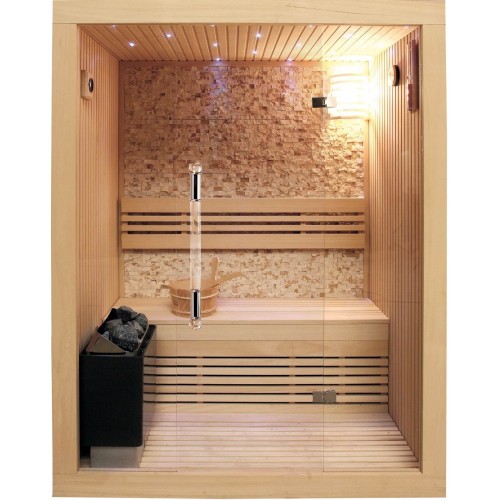Traditional Sauna Things To Know Before You Buy
Traditional Sauna Things To Know Before You Buy
Blog Article
The Main Principles Of Traditional Sauna
Table of ContentsThe Ultimate Guide To Traditional SaunaTraditional Sauna for BeginnersSome Known Facts About Traditional Sauna.Some Known Details About Traditional Sauna The Greatest Guide To Traditional Sauna
The majority of the weight shed in a sauna is water loss and is re-gained upon rehydrating. Without an uncertainty sauna can be a vital component of a healthy and balanced weight loss program. To look at the differences between traditional and IR saunas, I will separate these right into proven, academic, and made distinctions.Hence, the best factor in the saunawhich goes to the ceiling directly above the sauna heateris normally in between 185 and 190 F. Claims that a typical sauna goes beyond 200 F is merely not real and not suitable for electric saunas sold in the US. The temperature level for a far-infrared sauna is usually established in between 120 and 140 F; nevertheless, unlike the conventional sauna, the objective in and IR space is not to achieve a heat.

When a traditional sauna has actually been correctly warmed, the sauna walls are cozy, the air temperature has actually accomplished established temperature and the rocks are extremely heated. As an interesting side note, the warmed wall surfaces and the rocks are emitting far-infrared warm, combined with the heated air, to develop an "enveloping warmth".
Get This Report on Traditional Sauna
When the high temperature is attained, the elements cycle on and off to preserve the high temperature level. Most standard sauna customers enjoy pouring water over the rocks to create steam to increase sauna moisture degrees. The benefits of pouring water over the rocks include: making the space extra comfy, moistening the nasal passages, and enabling the usage of aromatherapy by mixing necessary oils with the water.

When the energy enters the body, it causes the body temperature level to raise and inevitably causes sweat. In an infrared sauna it is necessary for the emitters/heaters to continue to be on virtually frequently. Given that there is no mass of rocks to preserve warmth, the sauna will certainly cool if the emitters shut off.
The smart Trick of Traditional Sauna That Nobody is Discussing
As discussed over, the sauna bather in an infrared space wants to place himself in front of running emitters to get optimal gain from the heat. view The home heating time for the two areas can be extremely different, relying on how the areas are utilized. For a traditional sauna, a bather needs to enable 30-40 mins for the space to achieve a preferred temperature and to appropriately pre-heat the rocks.

A well built sauna will typically accomplish a temperature level of 150-160 F in concerning 30-40 minutes. For hotter temperatures, the space might require to warmth for a longer duration.
To some, 15 mins was "thrown away" while the infrared power warmed the timber panels instead of heating a body, while others find a pre-heated space to be a lot check these guys out more comfy and think a raised beginning temperature level is essential to start sweating. The size of advised usage for each and every room is approximately the same (10-15 minutes per session); however, because of the lower air temperatures and the capability to feel the impacts of infrared warm faster than a conventional sauna, it is not uncommon for a person to spend a total of 20-30 mins in an infrared sauna.
The Greatest Guide To Traditional Sauna

The typical price per kWH of electricity in the U.S. is about $0.11, so a 4.5 kW heater will certainly set you back approximately $.50 to run for one hour, if the heating system runs continuously for one hour. Usually a sauna heating system click to find out more will run for 75% of the very first hour and 50% of succeeding hours on since the elements cycle once the set temperature level is attained.
A two person far-infrared space is normally literally smaller sized than a traditional sauna, typically concerning 4' x 4' or smaller. The IR heater is typically 1.5-1.7 kW using a 120 volt 15 amp plug-in service. Considering that the area can be made use of sooner than a sauna room, we will presume the space is utilized for to of an hour consisting of warm up time.
There is a hardly ever discussed distinction in the social experience between the two spaces. While our culture has lost some of the social benefit of the traditional sauna experience, it can be very socially rewarding (Traditional Sauna). From family time in the sauna, to heart-felt conversations with better halves, to sauna partiesthe traditional sauna experience can lead to intimate socializing
What Does Traditional Sauna Do?
Most higher end infrared rooms include tinted light treatment, audio systems and full-glass fronts.
Report this page